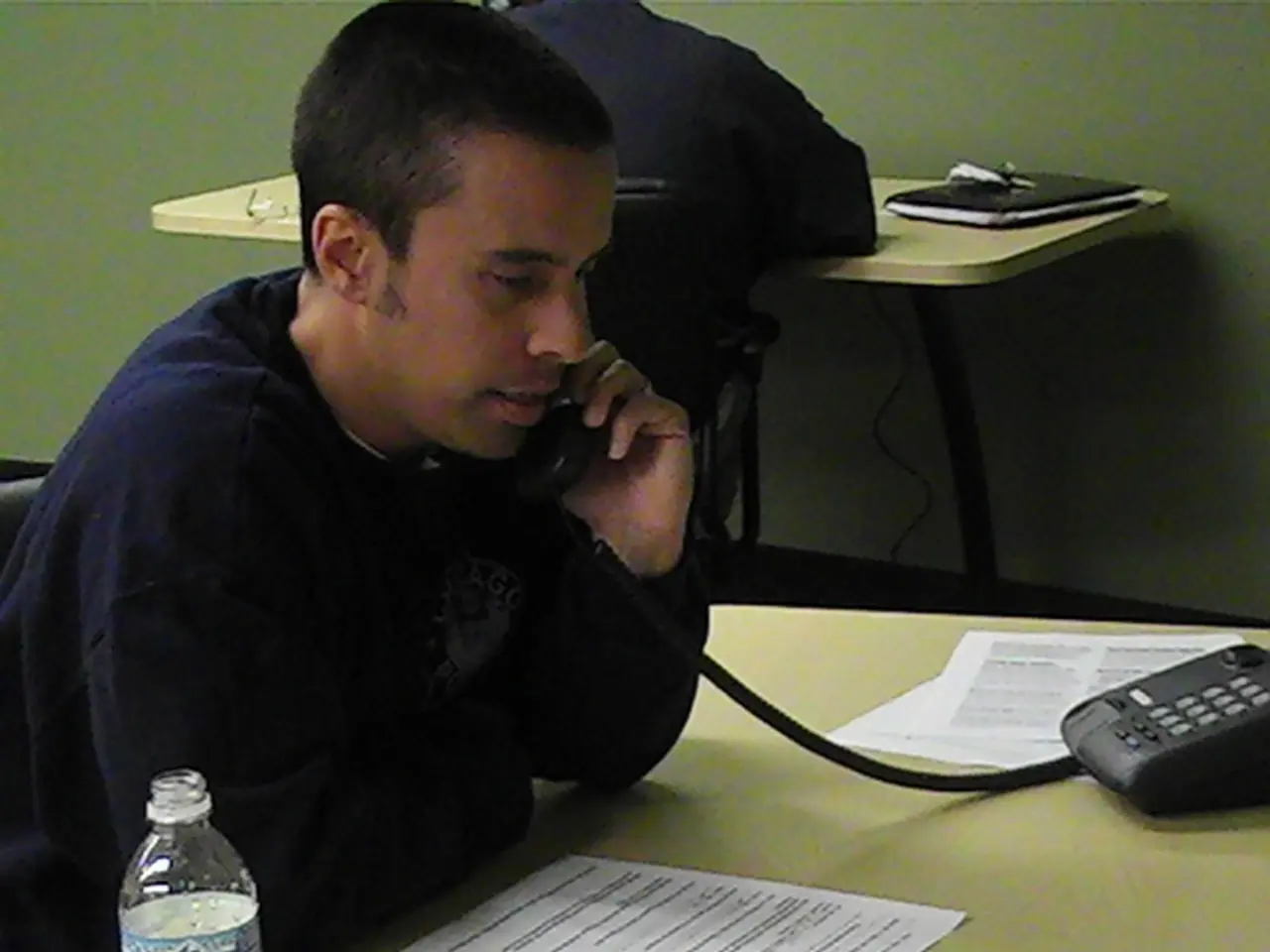Strategies for Combating Telehealth Deception
In the rapidly evolving world of telehealth, ensuring the security and privacy of patient data has become a top priority. With the surge in virtual healthcare visits, the risk of telehealth fraud has also increased. Here's how we can effectively reduce telehealth fraud through a combination of technological and regulatory measures.
Technological Measures
- Secure Data Transmission and Storage: To safeguard sensitive health information, telehealth providers should implement end-to-end encryption for all video calls and messages. HIPAA-compliant cloud platforms are ideal for secure storage of such data[2].
- Multi-Factor Authentication (MFA): Protecting logins with MFA is crucial to prevent unauthorized access to patient records and telehealth systems[2].
- Regular Updates and Patching: Keeping all software, apps, and devices up-to-date is essential to prevent vulnerabilities that fraudsters can exploit[2].
- Advanced Technologies for Fraud Detection: Utilizing AI and Machine Learning can help identify suspicious patterns or anomalies in billing and patient interactions[3].
Regulatory and Organizational Measures
- Strengthen Regulatory Frameworks: Clear, enforceable laws with defined penalties for violations are necessary to maintain accountability and reduce opportunities for fraud[3].
- Provider Credentialing and Verification: Ensuring that all healthcare providers are properly licensed and credentialed is crucial, especially for telehealth providers who may operate across state lines[4].
- Employee Training and Awareness: Educating staff on fraud detection and prevention is essential, including recognizing phishing attempts and understanding the importance of secure practices[2].
- Incident Response Plans: Establishing comprehensive plans to quickly respond to breaches, phishing attacks, or other security incidents is vital[2].
- Patient Education: Encouraging patients to use trusted apps and educating them on securing their home networks and maintaining strong password hygiene is also important[2].
Transparency and Verification
- Confirm Provider Legitimacy: Patients should verify the legitimacy of telehealth services by checking provider licensing boards and reading reviews on external platforms[1].
- Transparency in Billing: Ensuring that billing practices are transparent and do not involve misleading or deceptive schemes is essential[1].
By implementing these strategies, telehealth providers can significantly reduce the risk of fraud and protect patient trust and data security. The surge in virtual healthcare visits has unfortunately also led to an increase in telehealth fraud. Improving verification methods is crucial for reducing this type of fraud.
In 2020, the Department of Justice took the largest healthcare fraud enforcement action in history, accusing 86 defendants of fraudulent telemedicine claims[5]. The losses from these fraud cases amounted to $4.5 billion[5]. AI can be used in telehealth to analyze data faster and more accurately detect potential fraud[6].
As telehealth continues to grow, it's essential that we prioritize the security and privacy of patient data. By taking a multi-faceted approach that combines technological and regulatory measures, we can make healthcare more accessible and convenient without it becoming a hotbed for fraud.
[1] HealthIT.gov. (2021). Protecting Patients and Providers from Telehealth Fraud. [online] Available at: https://www.healthit.gov/topic/telehealth/protecting-patients-and-providers-from-telehealth-fraud [Accessed 16 Mar. 2023].
[2] HealthIT.gov. (2021). Telehealth Security Best Practices. [online] Available at: https://www.healthit.gov/topic/telehealth/telehealth-security-best-practices [Accessed 16 Mar. 2023].
[3] HealthIT.gov. (2021). Telehealth Fraud: What Providers Need to Know. [online] Available at: https://www.healthit.gov/topic/telehealth/telehealth-fraud-what-providers-need-to-know [Accessed 16 Mar. 2023].
[4] HealthIT.gov. (2021). Telehealth Licensing and Regulation. [online] Available at: https://www.healthit.gov/topic/telehealth/telehealth-licensing-and-regulation [Accessed 16 Mar. 2023].
[5] Department of Justice. (2020). Largest Health Care Fraud Settlement in U.S. History Announced. [online] Available at: https://www.justice.gov/opa/pr/largest-health-care-fraud-settlement-us-history-announced [Accessed 16 Mar. 2023].
[6] HealthIT.gov. (2021). Telehealth Fraud: Using AI and Machine Learning for Detection. [online] Available at: https://www.healthit.gov/topic/telehealth/telehealth-fraud-using-ai-and-machine-learning-detection [Accessed 16 Mar. 2023].
- Utilizing an encyclopedia of best practices, telehealth providers can learn about multi-factor authentication (MFA) and its role in safeguarding patient data from unauthorized access.
- In the realm of telehealth, cybersecurity frameworks are critical to combat phishing attempts aiming to deceive both patients and healthcare providers.
- The science of AI and machine learning can be harnessed to not only enhance the quality of healthcare but also aid in the detection and prevention of telehealth fraud by identifying unusual patterns or behaviors.
- Following medical-conditions guidelines, it's imperative to prioritize the health-and-wellness of patients by ensuring the implementation of general-news and crime-and-justice measures to protect them from telehealth fraud.




